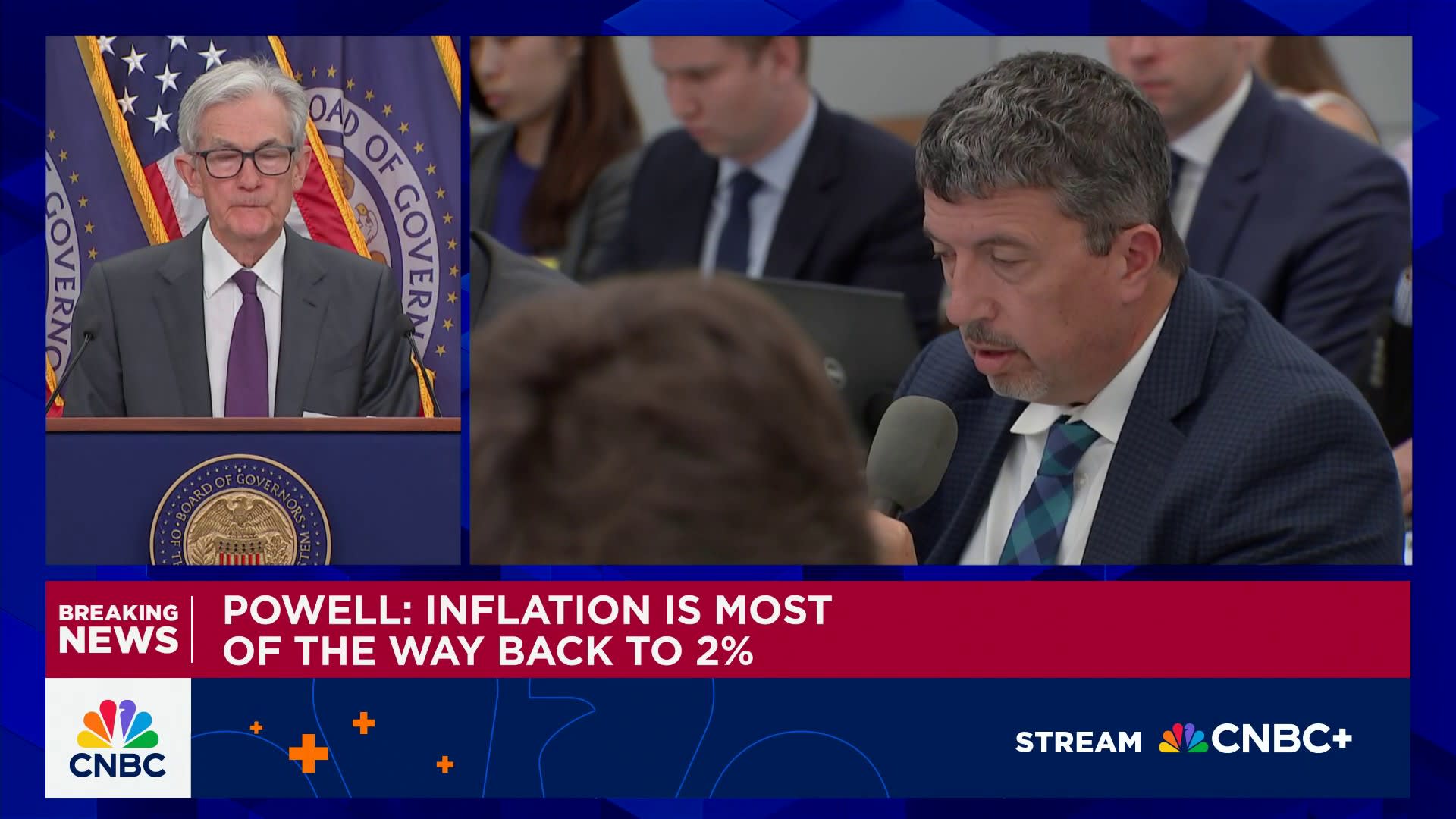Federal Reserve Chair Jerome Powell recently provided a reassuring assessment of the nation’s economic landscape, emphasizing that the labor market remains “quite solid” and stands as the most reliable indicator of economic health. This pronouncement came amidst the critical Federal Open Market Committee (FOMC) meeting, where the central bank made significant decisions regarding interest rates and monetary policy.
During the post-meeting press conference, Chair Powell meticulously addressed questions surrounding the US economy’s current state, reiterating the Federal Reserve’s commitment to achieving both maximum employment and price stability. The decision to maintain the Federal Funds Rate unchanged underscores a cautious yet confident stance by the central bank, reflecting a balance between controlling inflation and supporting continued economic growth.
The characterization of the labor market as “solid” is particularly noteworthy, suggesting robust employment figures and a resilient workforce. This strength is a crucial component of the broader economic indicators the Fed monitors, providing valuable insight into consumer spending power and overall business confidence. A strong job market often acts as a buffer against potential downturns, offering stability in uncertain times.
Powell’s remarks highlight the central role of employment data in shaping the Federal Reserve’s monetary policy decisions. While various metrics contribute to the overall economic outlook, the vitality of the labor market provides a real-time pulse on the nation’s productive capacity and the financial well-being of its citizens. This emphasis signals a data-driven approach to guiding the economy.
The decision to hold interest rates steady aligns with expectations that the US economy is navigating a period of adjustment. This stability in borrowing costs aims to provide businesses and consumers with predictable financial conditions, encouraging investment and consumption. Such a move avoids shocks to the system, allowing the economy to absorb previous policy adjustments.
Furthermore, the unchanged rate signals that the Federal Reserve believes current monetary conditions are appropriate for guiding the US economy toward its long-term objectives without triggering excessive inflationary pressures. This delicate balancing act requires continuous evaluation of diverse economic indicators, from inflation rates to manufacturing output and consumer sentiment, all contributing to the larger picture.
Ultimately, Jerome Powell’s candid assessment underscores a period of careful observation and strategic inaction from the central bank. The focus remains squarely on ensuring the sustained health of the labor market and the broader US economy, using all available tools to foster stability and growth while adapting to evolving global financial dynamics.






Leave a Reply